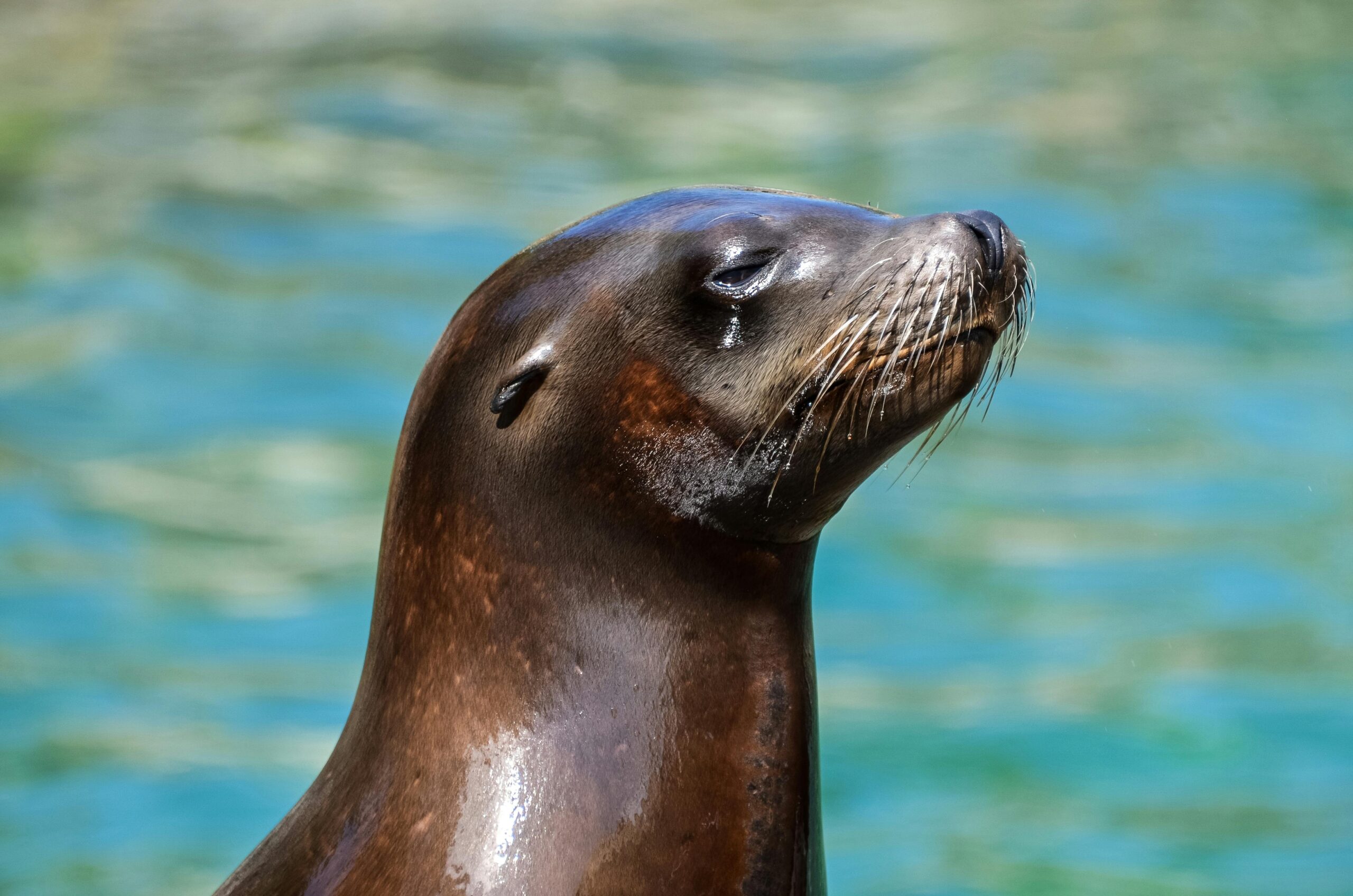Introduction:
Welcome to the ultimate guide on otters, where we delve into the captivating world of these charismatic creatures. From their playful antics to their crucial role in ecosystems, otters have long fascinated both researchers and nature lovers alike. In this article, we’ll explore the top 10 otter species, shedding light on their habitats, behaviors, and conservation status. So, let’s dive in and discover the wonders of otters!

**1. **
1.1. Introduction to Otters Otters belong to the family Mustelidae and are semiaquatic mammals known for their streamlined bodies, webbed feet, and playful demeanor. With 13 species distributed across the globe, otters exhibit remarkable diversity in their size, habitat preferences, and behaviors.
1.2. Importance of Otters in Ecosystems Otters play a vital role in maintaining the health of aquatic ecosystems. As top predators, they help regulate prey populations, contributing to the balance of food webs. Additionally, their presence can indicate the overall health of rivers, lakes, and coastal areas.
1.3. Threats to Otter Populations Despite their ecological significance, otters face numerous threats, including habitat loss, pollution, and human disturbance. Understanding these challenges is crucial for implementing effective conservation measures to protect otter populations worldwide.
**2. **
2.1. Asian Small-Clawed Otter Scientifically known as Aonyx cinereus, the Asian small-clawed otter is the smallest otter species in the world. Native to freshwater habitats in Southeast Asia, these otters are highly social and often live in extended family groups.
2.2. North American River Otter The North American river otter (Lontra canadensis) is a familiar sight in rivers, streams, and coastal areas across North America. Known for their playful behavior and sleek, streamlined bodies, these otters are excellent swimmers and hunters.
2.3. Sea Otter Enhydra lutris, commonly known as the sea otter, is found along the coasts of the North Pacific Ocean. Unlike other otter species, sea otters spend most of their time in the water and rely on dense fur to stay warm in cold marine environments.
**3. **
3.1. European Otter The European otter (Lutra lutra) is a widespread species found across Europe, Asia, and parts of North Africa. With their characteristic long, muscular bodies and webbed feet, European otters are well-adapted for both terrestrial and aquatic life.
(The best introduce of Fascinating Otter Species: A Comprehensive Guide)
3.2. Giant Otter Pteronura brasiliensis, the giant otter, is the largest otter species in the world, native to South America. These impressive mammals inhabit freshwater rivers and lakes in the Amazon Basin, where they form close-knit family groups and communicate through vocalizations.
3.3. Smooth-Coated Otter The smooth-coated otter (Lutrogale perspicillata) is found in diverse habitats across South and Southeast Asia, including rivers, wetlands, and mangrove forests. With their sleek fur and agile swimming abilities, these otters are well-suited for life in aquatic environments.
**4. **

4.1. African Clawless Otter Aonyx capensis, the African clawless otter, inhabits freshwater habitats throughout sub-Saharan Africa. Named for their unique lack of claws, these otters are skilled hunters, feeding on a variety of aquatic prey such as fish, crustaceans, and amphibians.
4.2. Marine Otter The marine otter (Lontra felina) is a rare otter species found along the Pacific coast of South America, from Peru to Chile. Despite their coastal habitat, marine otters primarily feed on freshwater prey such as fish and crabs, venturing into estuaries and rivers to hunt.
4.3. Neotropical Otter Lontra longicaudis, the neotropical otter, is native to Central and South America, inhabiting a range of aquatic habitats, including rivers, lakes, and swamps. With their elongated bodies and webbed feet, these otters are well-adapted for swimming and diving in freshwater ecosystems.
Read more about THE THOUGHT-PROVOKING IDEAS THAT WILL SPARK YOUR IMAGINATION




